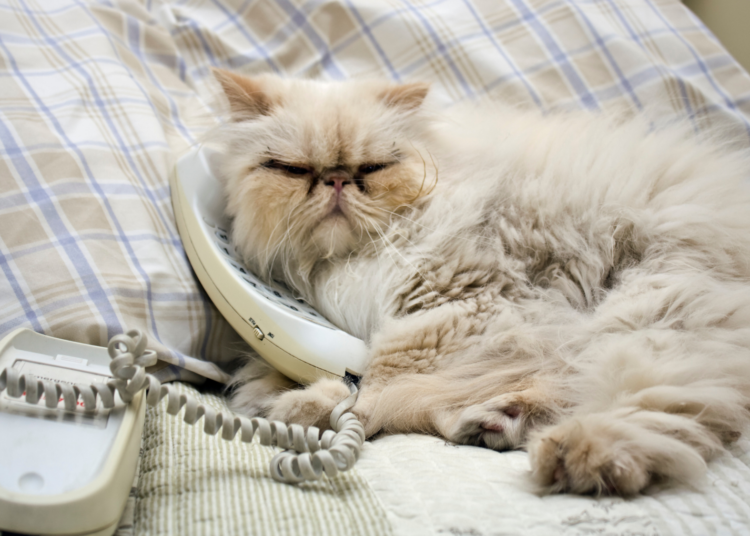In 1989—the year we were both born—the world seemed to be unraveling. The U.S. invaded Panama. Thousands were massacred in Tiananmen Square. The Exxon Valdez spilled millions of gallons of oil into Alaska’s waters. The Berlin Wall fell. It was a chaotic time, marked by upheaval, debt crises, economic stagnation, and rising inequality.
And yet, even the world’s most conservative leaders from President Ronald Reagan to Margaret Thatcher rallied around a single, urgent goal: saving children’s lives. Ceasefires were declared so health campaigns could proceed. Vaccination rates leapt from 20% to 80%. By 1990, 25 million children who might otherwise have died were alive.
[time-brightcove not-tgx=”true”]
The lesson? Progress is not just a question of fortune, but of focus.
Today, the world faces another era of cascading crises: escalating climate shocks, a growing number of armed conflicts, deepening inequality, and eroding trust in institutions. But for some reason, the most common excuse is this: there’s no money.
The driving question behind the child survival movement of the 1980s wasn’t, “What can we afford?” but rather, “What can we no longer afford to defer, even in times of crisis?”
The answer then—and now—starts with the people on the frontlines. Community health workers (CHWs) are trained neighbors who bring basic health care directly to households such as testing children for pneumonia, checking blood pressure, delivering medicines, providing prenatal advice, and following up when patients fall through the cracks. They are the bridge between communities and the formal health system—trusted, accessible, and often the only health worker people will ever see.
Over the past two years, our team at Community Health Impact Coalition reviewed 255 studies covering 380 CHW programs. It is the most comprehensive cost-effectiveness review of CHWs ever conducted. The results are unequivocal: when properly supported, CHWs are cost-effective in more than 80% of cases, across conditions from maternal health to HIV to mental health. They deliver care at a median cost of just $0.59 per person per year,
Just 59 cents—less than a gallon of gas and much cheaper than the cheapest monthly Netflix subscription. Yet, it’s enough to deliver everything from malaria treatment to maternal health visits—care that keeps entire communities alive. And when formally supported and integrated into health systems, CHWs don’t just match clinic-based care. They deliver broader coverage, stronger results, and better value.
This matters not only locally, but globally. The pandemic taught us that viruses don’t need passports to travel. When COVID-19 upended clinics and supply chains, CHWs were often the quickest to trace cases and sustain essential care, despite disruptions elsewhere. Now, as U.S. aid cuts ripple across Africa, the consequences are immediate: X-ray machines for tuberculosis diagnosis stand idle because USAID-trained staff have been forced out of their roles.
Now, we are seeing rising cases of multidrug-resistant tuberculosis (TB)—an airborne disease that does not stop at national borders. What begins as a funding gap in Kenya can end up risking lives in Kansas City.
That danger is real, but so is the opportunity: moments of upheaval have always carried the chance to bend history. Today’s threats are as dangerous as those of the 1980s—only now the stakes are both global and domestic.
That’s why the “America First” Global Health Strategy deserves attention. It pledges continued U.S. support for CHWs tackling priority infectious diseases such as HIV, TB, malaria, and polio, while pressing countries to integrate salaries into domestic budgets and sustain these roles over time. The strategy underscores CHWs’ critical role in disease detection and surveillance—the first line of defense against emerging threats that could reach America’s shores. This focus should lay the groundwork to expand CHW roles into maternal, child health, and nutrition, protecting families, catching outbreaks early, and reinforcing America’s health security.
The truth is, America needs CHWs just as urgently as the world does. They are neighbors who knock on doors, bring antibiotics and advice, and stay when systems falter. In Appalachia, CHWs are connecting neighbors to opioid treatment and mental health care when the nearest clinic is hours away. In Texas and California, promotoras de salud are helping Latino families manage diabetes and hypertension, reducing costly emergency visits. In New York and Massachusetts, community doulas are providing prenatal and postpartum care that lowers maternal mortality rates, particularly for Black women. These models save money and save lives, yet they remain small-scale and underfunded. A serious U.S. commitment to CHWs would not only address glaring inequities but also fill the widening gaps left by rural hospital closures and chronic staffing shortages.
Together, these signals point to an overdue recognition: CHWs are not a stopgap. They are the backbone of resilient health systems. In Liberia, integrated CHW programs slashed the cost of treating neglected tropical diseases by up to tenfold. In the United States, neighborhood health worker models have expanded access to chronic disease management and maternal health in underserved communities—delivering better outcomes at lower cost.
The 1980s showed that even in upheaval, coalitions of courage can bend history toward life. Today’s signals—from Washington to communities worldwide—hint at that same possibility. At just $6 per person per year, community health workers remain the world’s best health investment: proven, trusted, and urgently needed.
When we optimize for screen time, isolation, and automation, we get a sicker, lonelier world. When we optimize for connection—for community health workers, for relationships, for trust—we get a healthier one.
The only question left is whether we settle for promises or finish the work of building frontline care strong enough to keep America—and the world—safe. We can either see CHWs as expendable line items in a budget, or as the frontline defense that keeps pandemics from reaching America’s shores, that keeps families healthy in crises, that builds trust where institutions cannot.
History isn’t written by those who yield to scarcity, but by those who act despite it.
The post Community Health is Worth the Cost appeared first on TIME.




